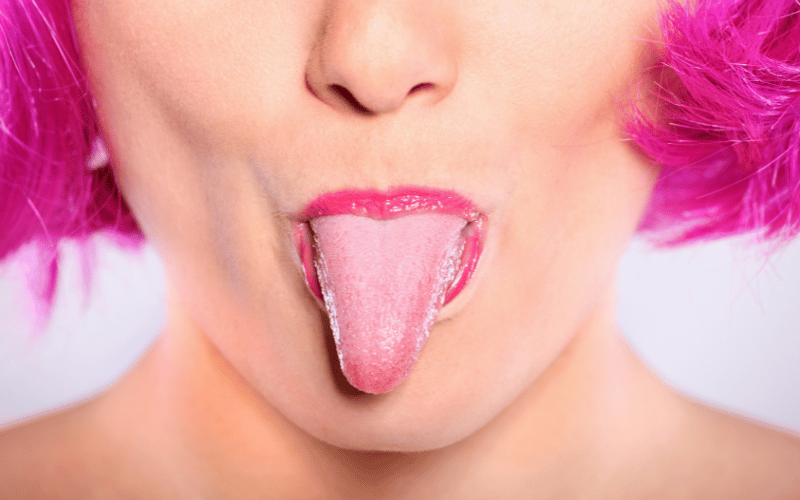2. Smooth Surface in the Central Part of the Tongue: MRG’s Silky Indicator

The tongue’s topography is a fascinating landscape of bumps, grooves, and papillae. However, with MRG, this landscape undergoes a transformation. A part of the tongue, specifically the central section, takes on an eerily smooth appearance. This alteration is not just a visual change; it’s tactile.
Unlike the tongue’s normal rough texture owing to its papillae, this area becomes conspicuously slick. Why this happens is still a topic of research. Some theories suggest it’s the aftermath of the Candida infestation, which possibly hampers the tongue’s natural topography, leading to this smooth terrain.
This slick patch might not seem alarming to many. After all, it doesn’t cause any immediate discomfort or change in functionality. But its presence is akin to a puzzle piece, fitting perfectly into the MRG jigsaw.
Delving deeper, the anatomy of the tongue reveals that this change primarily occurs due to the atrophy of the filiform papillae. This results in the exposed base, giving the tongue its smooth appearance in affected regions. (2)